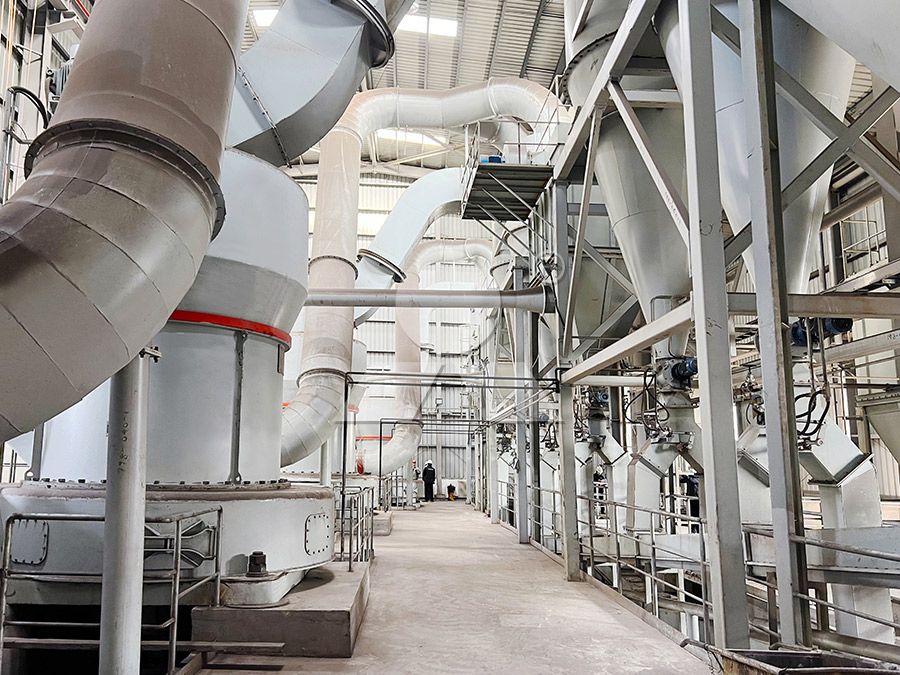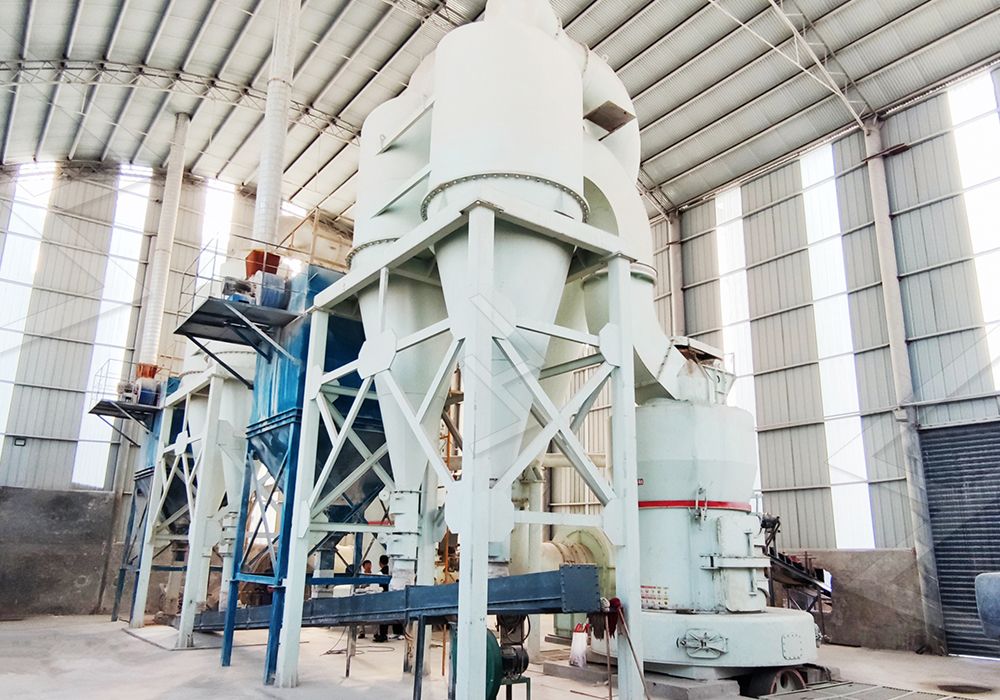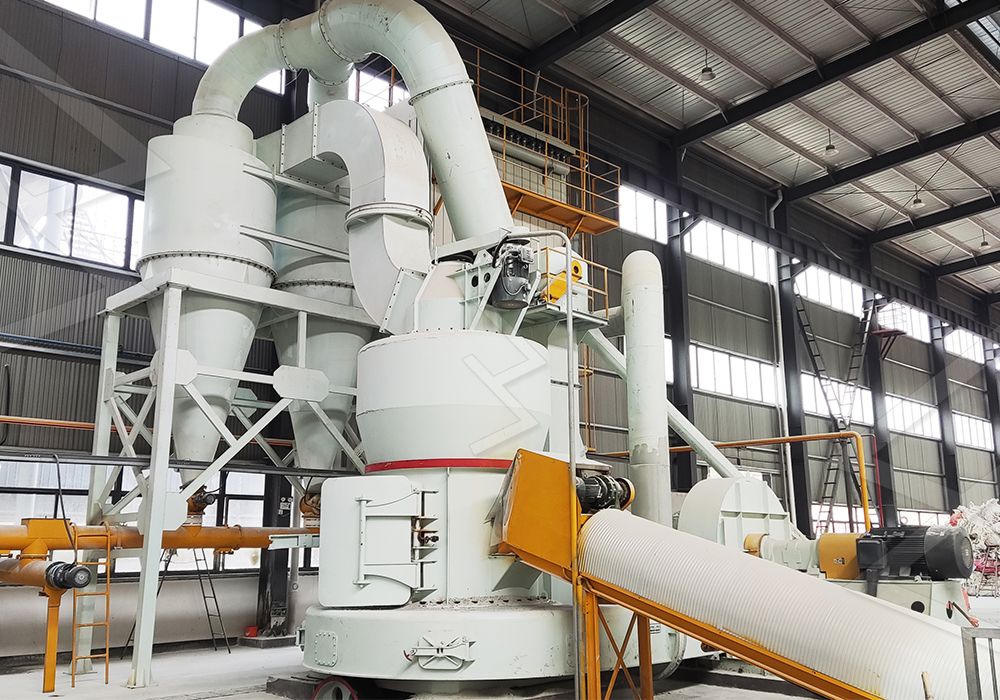Raymond Mill Operation Manual: Essential Guidelines for Safe and Efficient Use
Raymond Mill Operation Manual: Essential Guidelines for Safe and Efficient Use
Operating industrial grinding equipment requires precision, attention to detail, and thorough understanding of mechanical systems. This comprehensive guide provides essential operational guidelines for Raymond Mill systems, drawing from decades of industrial milling experience.
Pre-Operational Checklist
Before initiating any grinding operation, complete these critical safety checks:

- Verify all safety guards are properly installed and secure
- Inspect grinding rollers and rings for wear or damage
- Confirm lubrication systems are filled with appropriate grade oil
- Check electrical connections for integrity and proper grounding
- Ensure the grinding chamber is clear of foreign objects
- Validate that emergency stop mechanisms function correctly
Startup Sequence
Proper startup procedure is crucial for equipment longevity and operator safety. Begin with the auxiliary equipment, followed by the main grinding unit. Allow the system to reach operating temperature gradually, monitoring for unusual vibrations or noises during the warm-up period.
Optimal Operation Parameters
Maintaining consistent feed rates and material moisture content significantly impacts final product quality and equipment efficiency. For standard Raymond Mill configurations operating with materials under 25mm input size, target feed rates between 0.6-5 tph depending on material characteristics and desired fineness.

Advanced Grinding Solutions
For operations requiring ultra-fine powder production with enhanced environmental controls, consider upgrading to our MW Ultrafine Grinding Mill. This advanced system handles input sizes of 0-20 mm with capacities ranging from 0.5-25 tph, producing powders between 325-2500 meshes with exceptional precision.
The MW series incorporates innovative features including external lubrication systems allowing continuous 24-hour operation, German-designed cage-type powder selectors for superior separation accuracy, and integrated pulse dust collectors that eliminate dust pollution while reducing operational noise.
For operations requiring vertical grinding configuration, our LUM Ultrafine Vertical Grinding Mill offers independent design with advanced Taiwanese grinding roller technology and German powder separation systems. Handling 0-10 mm input materials at 5-18 tph capacity, this system provides exceptional energy efficiency with 30%-50% reduced consumption compared to conventional mills.
Routine Maintenance Protocols
Consistent maintenance extends equipment life and prevents unexpected downtime. Key maintenance activities include:
- Daily inspection of grinding components
- Weekly lubrication system checks
- Monthly comprehensive system evaluation
- Quarterly wear component assessment

Emergency Procedures
Immediately activate emergency stop and power down equipment in these situations:
- Unusual violent vibrations
- Overheating bearings or motors
- Unusual grinding noises
- Electrical sparking or smoke
- Material blockages in the system
Shutdown Protocol
Proper shutdown begins with stopping material feed and allowing the system to process remaining material. Run the mill empty for 3-5 minutes before powering down auxiliary equipment. Complete shutdown includes cleaning the grinding chamber and documenting any operational issues for maintenance review.
Frequently Asked Questions
What is the maximum input size for standard Raymond Mill operation?
Traditional Raymond Mill systems accommodate materials under 25mm, though specific configurations may vary. For larger input requirements up to 70mm, consider our LM Vertical Grinding Mill series.
How often should grinding rollers be replaced?
Replacement intervals depend on material abrasiveness and operating hours. Typically, rollers require inspection every 500-800 operating hours with replacement around 2,000-3,000 hours under normal conditions.
Can the same mill process different materials?
Yes, but thorough cleaning between material changes is essential to prevent cross-contamination. Always consult technical specifications for material compatibility.
What distinguishes the MW Ultrafine Grinding Mill from traditional Raymond Mills?
The MW series features no rolling bearings or screws in the grinding chamber, eliminating concerns about bearing damage or loose screws. Its external lubrication system enables continuous 24-hour operation with fineness adjustable between 325-2500 meshes.
How does the LUM Ultrafine Vertical Grinding Mill improve energy efficiency?
The LUM system incorporates multi-head powder separating technology and PLC controls that reduce energy consumption by 30%-50% compared to conventional mills while maintaining precise particle size distribution.
What safety features are critical for grinding mill operation?
Essential safety elements include mechanical limiting devices, emergency stop systems, proper guarding, electrical safety interlocks, and comprehensive operator training programs.
